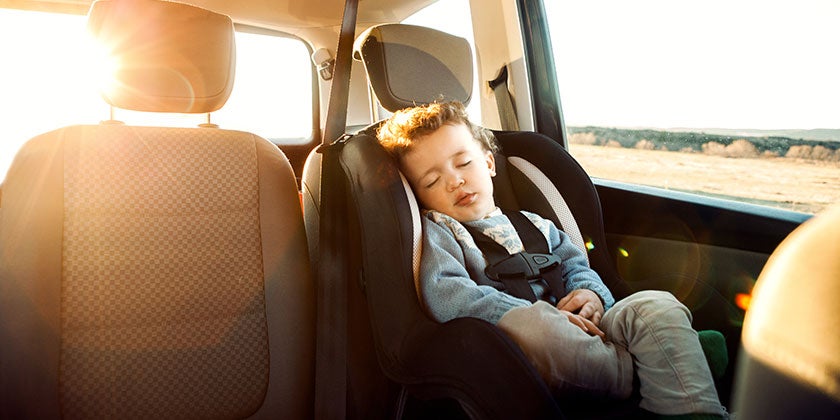80% of parents use the wrong car seat for their children

In light of the new national car seat laws that came into effect this month, it has been revealed that 80% of parents use the wrong car seat for their child, use a restraint incorrectly, or don’t use a car seat at all.
The new laws have been introduced in an attempt to save some of the on average 70–80 children who die in car crashes in Australia every year.
Car seat confusion increasing risks to children
New laws have come into effect across Australia that make it mandatory for all children up to the age of seven to be fastened in a child restraint or booster seat when travelling in a car.
But there appears to be a lot of confusion among parents about how to best protect their children.
A new study has found more than 80 per cent of parents use the wrong seat, do not use a seat correctly, or both.
And in about one-third of cases their mistakes could significantly increase a child’s risk of injury in a crash.
Dr Julie Brown from Neuroscience Research Australia led the research.
“A third of children were using the wrong sort of restraint for their size, a third of children were using the restraint incorrectly, and another 20 per cent of children were doing both”, she said.
“In terms of the really serious forms of incorrect use [we saw children] leaving their arms out of the harnesses or even sometimes we saw seatbelts that weren’t actually buckled up.
“We saw it more often in the dedicated restraints, like rearward facing and forward facing seats, and particularly in convertible seats.”
Dr Brown says using the wrong seat or strapping a child in the wrong way can greatly increase the risk of injury in a crash.
“If your child’s using a booster seat and they have their arm out of the sash, in a crash the seatbelt actually loads the soft part of the abdomen, which is exactly what you don’t want it to be doing”, she said.
Edwina Grose and Duncan Barrett have two daughters and two child restraints in the back seat of their car.
Ms Grose says it is often difficult for parents to know if they are doing everything correctly.
“When you do hear the statistics they’re so terrible and everybody’s got a horror story”, she said.
“But I’m not surprised that people use them incorrectly … I mean I’ve turned around and seen my [daughter] Myffy pulling her arms out of, you know, because she does it in the pram and we let her do it in the pram.”
Dr Brown says the laws that came into effect this month are aimed at getting people to use more appropriate restraints, and will hopefully save some of the 70 to 80 children who die in car crashes each year.
But the study suggests that educating the public could be a difficult task, and says the traffic authorities in each state must focus their campaigns on correct usage.
15 May 2012